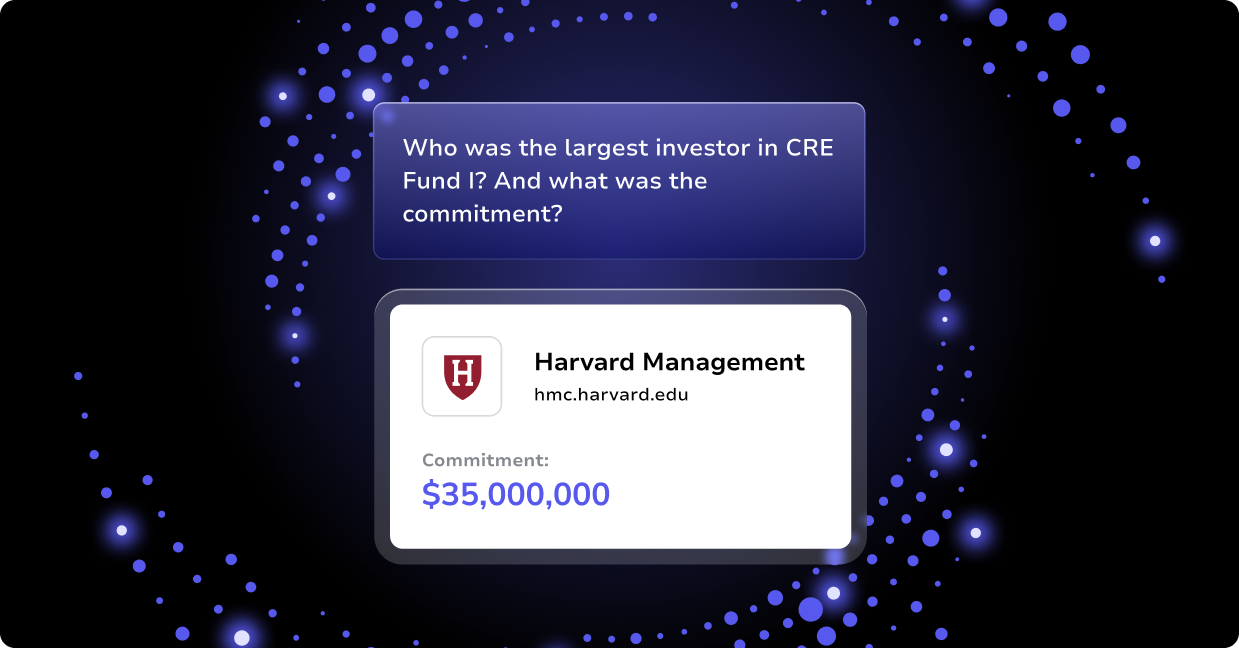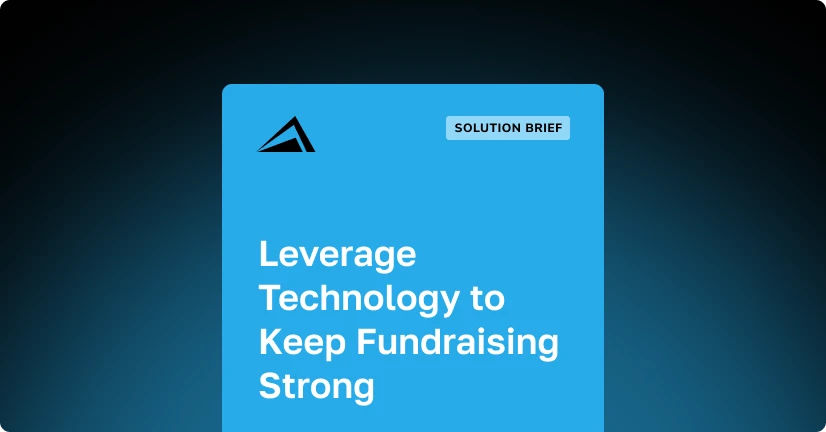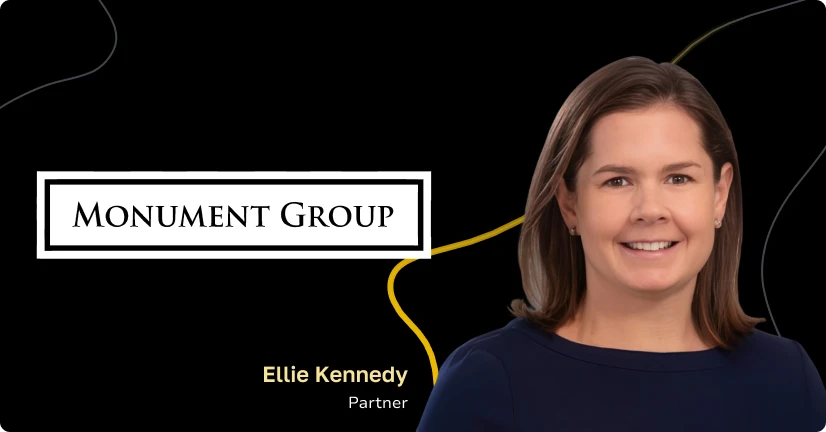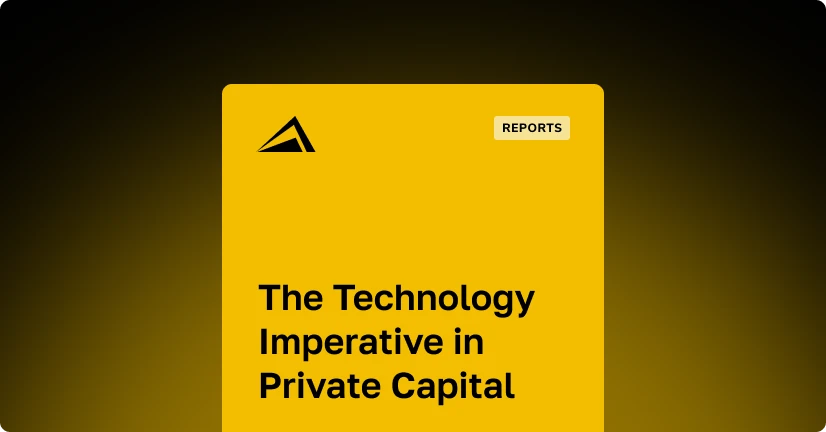
Why is Customer Success Important?
In the past, software implementations were typically on-premise, very large in scope, and oftentimes extensive in terms of both time and money. A Customer Success team plays a critical role in a lifecycle so customers have a primary point of contact to help their solutions evolve as their business grows and changes.
Once implemented, customer solutions were fairly dormant, without regular upgrades and enhancements. In recent years, implementations, in particular for SaaS-based solutions, have gotten faster and more iterative.
This has allowed access to a broader group of customers, who historically might not have been able to afford the larger, more expensive solutions. In general, this means that the implementation is now just the first step in the customer lifecycle.
Identify Goals to Add Value
Each client has different goals and objectives for Private Equity Software. Based on these goals and objectives, we work with our clients to develop a strategy for meeting those goals.
For example, one scenario was a growing team that was traveling and in different offices. The team needed more visibility into what people were doing to stay coordinated.
Another scenario was a rapidly growing client. The team wanted to institutionalize and retain knowledge within the firm.
In addition to client goals, we suggest goals depending on where the customer is in their lifecycle. Initially, we work to help clients with adoption. Once the fund management system is well used, we focus on data quality to make sure the information is complete and accurate.
Once those two components are working well, we focus on reporting and analytics. While the system is well designed to centralize data and institutionalize knowledge, the real value of systems like AIM is using data to create insights for more effective decision making.
Take a Prescriptive Approach
We’re finding that our Private Equity customers are harnessing analytics from data points in the fund management system for their decision-making as well as their reputation.
For instance, fund managers can leverage AIM when they’re looking to fundraise. When a fund manager can demonstrate to an institutional investor that they have all their ducks in a row along with compelling analytics, it makes the fund manager look good and makes the investors’ decisions much easier.
So it’s two-fold – better data for decision making and stronger reputation.
Customer Success Transformation
An important piece for us was to ensure that the early phases of the customer lifecycle were working well before we launched a Customer Success function.
The point of Customer Success is to build upon a positive experience rather than trying to fix or repair the relationship. We’ve been very fortunate throughout the history of Altvia, with a proven process for how we implement and support clients.
We leveraged these successes to build and inform our Customer Success function. One key lesson we learned is that it’s challenging for one team to play both roles – reactive to customer cases and proactive to customer success. So, we separated these two to ensure more focus and customer value.
We are in a good place with a smooth process and it’s reflected in low churn and longevity of our customer relationships.
Real-Life Customer Success
One of our customers, based in London with $6B AUM, had an executive sponsor, power users, and a solid implementation – yet over the years, this private equity firm experienced some turnover and lost a consistent champion for the solution.
As such, we were concerned about customer value. We met with the client regularly, both over the phone and in person, and worked to get the solution back on track.
Traction was slow at first, but our Customer Success work continued, and fortunately, the firm hired a new champion within the organization. Our private equity software Customer Success team is working closely with this point person to focus on the near term and long term goals.
Improvements are being made and we’re committed to continuing to work with them and get the system fully functioning to meet their needs.
How to Measure Customer Success
There are a number of quantitative measures – from logins, record creation, user behavior, cases created, recurring revenue growth, number of executive sponsors, and number of power users.
We use these measurements to create a qualitative assessment of customer health. This assessment is shared with the customer and opens the door for conversations on success and upcoming client goals.
Take this assessment on your own to see key components that should be reviewed as Private Equity fund managers and investors make investments in technology.
How Customer Success Affects the Bottom Line
Customer Success can drive value, which affects the bottom line. By getting Customer Success involved early – as part of the sales cycle – the Customer Success team can ensure that the customer continues to get what they need out of the solution.
This can be more strategic than tactical as it focuses on aligning the customer’s success with the derived benefits from the solution. So while the tactical requests are still being handled, Customer Success takes a proactive approach to help the customer maintain focus on their goals.
Unique Developments Within Customer Success
We’re focusing on strategic business reviews with our customers to understand how things are going. Another development is closer alignment with our Product Team.
This is helping to inform how our products are being developed and ensuring that customers take advantage of new features and realize the benefits of private equity CRM software.
Takeaway for Leaders in Customer Success
Start small and build incrementally. You need a solid foundation from which to build. I prefer to under-promise and over-deliver. It’s important to ensure that early steps in the customer lifecycle are working well.
If the customer has a negative initial experience, it will make the role of Customer Success very difficult. Another piece of advice is to ensure that Customer Success is integrated throughout the organization, both in the internal processes as well as the overall company culture.




